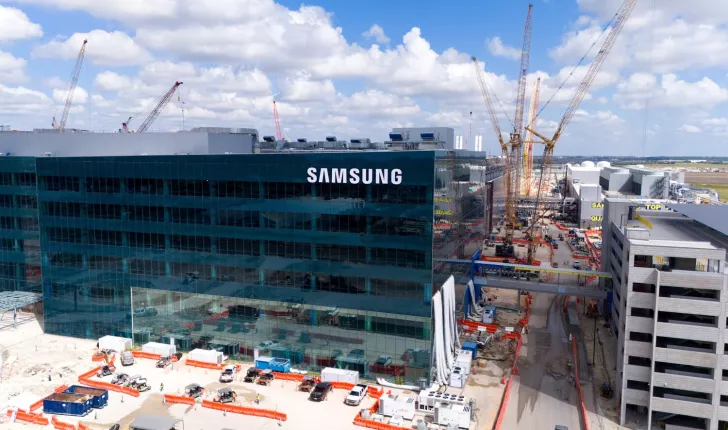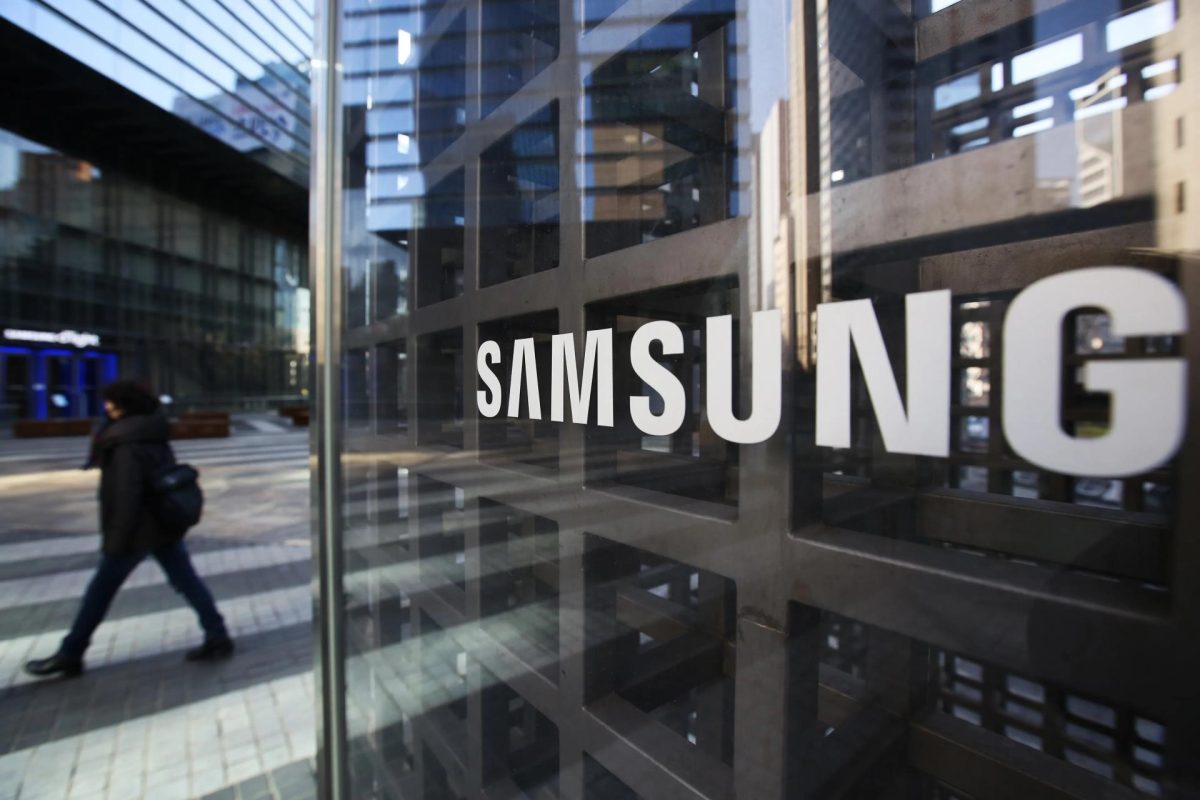Exciting developments are unfolding in the semiconductor industry as Samsung Foundry secures major contracts with leading tech companies. These partnerships not only signify Samsung’s growing influence in the chip market but also position the company as a formidable competitor to long-standing industry leader TSMC.
Strategic Collaborations Bolster Samsung’s Market Position
In recent months, Samsung has forged significant alliances with tech giants like Apple, NVIDIA, and Tesla. These collaborations have enhanced Samsung’s capacity utilization, further strengthening its reputation as a viable alternative to TSMC. Reports suggest that these strategic deals will help to mitigate Samsung Foundry’s operational losses and establish it as a direct competitor in the semiconductor arena.
As foundry orders have been heavily concentrated in TSMC, client firms are now compelled to diversify their supply chains to reduce risks. Since Samsung Electronics is the only company besides TSMC capable of producing advanced chips at the 2-nanometer level, more business opportunities are likely to follow.
Particularly noteworthy is Samsung’s recent contract with Apple to develop next-generation image sensors for future devices, such as the iPhone. Similarly, the Korean giant is manufacturing NVIDIA’s Tegra T239 SoC, utilized in the Nintendo Switch 2, on its 8nm node. Tesla has also placed significant orders for Samsung’s AI5 and AI6 chips, highlighting Big Tech’s increasing interest in Samsung’s capabilities.

Expanding Horizons in the U.S. Market
Samsung Foundry is aggressively advancing its production capabilities in the United States, with plans to introduce 2nm technology at its Taylor facility in the coming years. This expansion includes substantial investments aimed at offering advanced packaging services in the American market, drawing Samsung level with industry giants like Intel and TSMC in terms of U.S. manufacturing presence. By fostering external customer adoption, Samsung is ambitiously pursuing its goals within the semiconductor sector.
